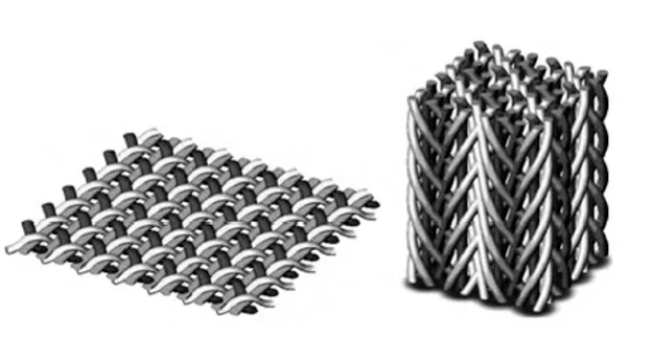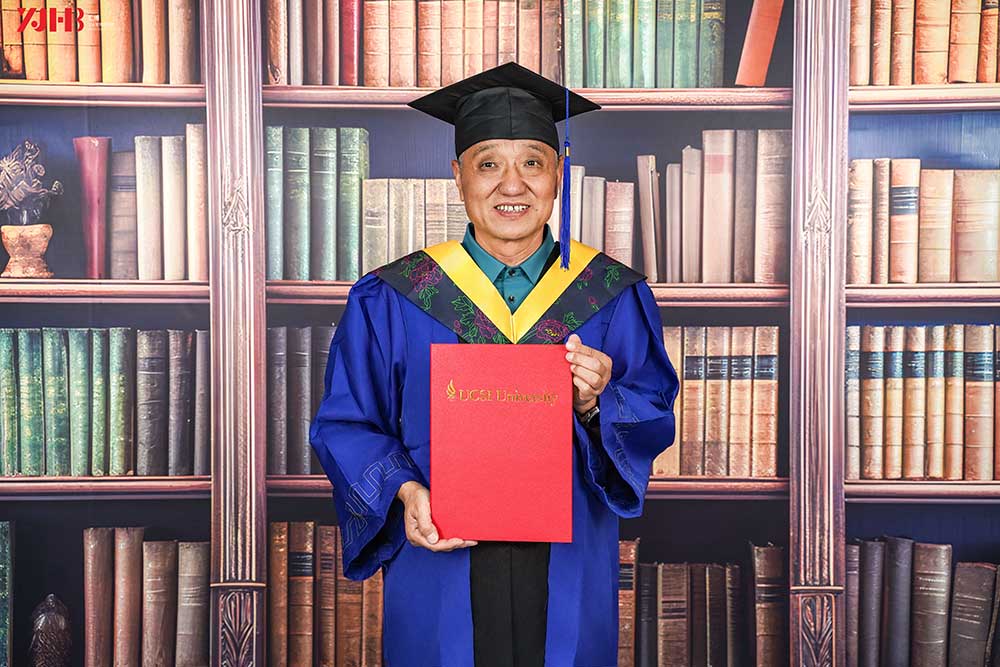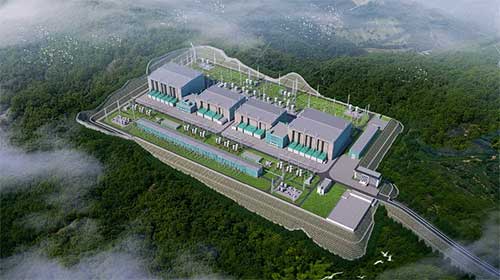Overview of the 3D Braiding Process
1.1 Definition of 3D Braiding Technology
3D braiding technology is an advanced textile technique developed from traditional two-dimensional braiding. Its primary purpose is to overcome the inherent drawbacks of conventional composite materials, particularly their tendency to delaminate under stress. Due to this limitation, traditional composites struggle to serve as primary load-bearing structures or high-performance components. The greatest advantage of 3D braiding technology lies in its suitability for manufacturing various complex-shaped, high-performance fiber structural components and connectors.
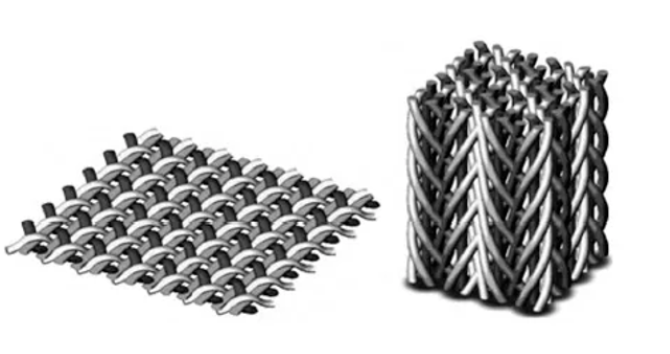
1.2 Methods of 3D Braiding
Simply put, 3D braiding builds upon two-dimensional braiding by incorporating axial fibers, resulting in a fully integrated three-dimensional fabric structure. The weaving techniques for 3D braided composites include the Two-Step Method, Four-Step Method, Multi-Layer Interlocking Braiding, and Multi-Step Method, among others. Among these, the Four-Step Method and Two-Step Method are the most commonly used:
Four-Step Method: This highly versatile technique can be used to weave structures with various cross-sectional shapes, such as plates, tubes, semi-columns, and columns. It plays a critical role in aerospace applications, such as in satellite trusses and aircraft engine components. By precisely controlling the weaving parameters, the Four-Step Method ensures structural accuracy and stability, meeting the stringent demands of high-strength and high-precision aerospace components.
Two-Step Method: This technique specializes in weaving thick structures, such as thick-walled pipes and large plates. It is particularly beneficial in industries such as energy and construction, where there is a high demand for thick composite structures. For instance, in the energy sector, high-pressure pipelines made with Two-Step braided composite materials exhibit superior compressive strength and corrosion resistance, significantly enhancing the safety and reliability of energy transmission.
1.3 Classification of 3D Braiding Processes
3D braiding processes can be divided into three main types:
Track and Column Braiding
Rotary Braiding
Hexagonal Braiding
1.4 Core Techniques of 3D Braiding
Four-Step Method: The All-Round Performer
The Four-Step Method is a highly adaptable approach within the 3D braiding field, capable of weaving structures such as plates, tubes, semi-columns, and columns. Its versatility makes it a crucial technology in aerospace manufacturing, where it is used to produce satellite trusses, aircraft engine components, and other complex structures. By precisely controlling the braiding parameters, the Four-Step Method ensures structural integrity and material stability, meeting the stringent requirements of high-strength, high-precision aerospace applications.
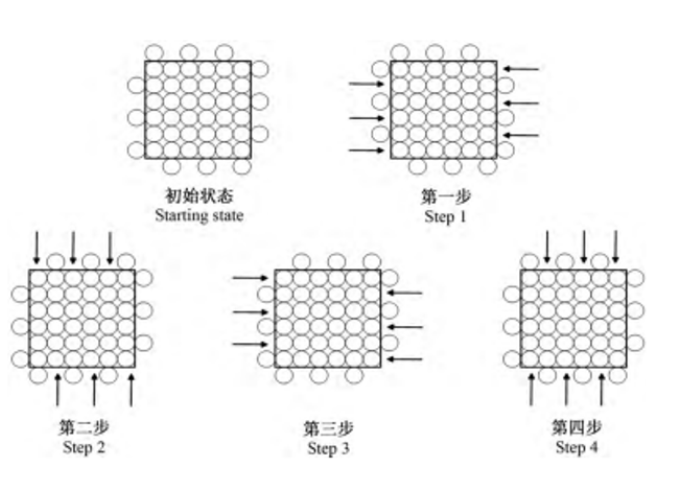
Two-Step Method: The Expert in Thick Structure Weaving
The Two-Step Method excels in weaving thick structures, such as thick-walled pipes and large composite plates. This makes it particularly valuable in industries like energy and construction, where thick composite materials are in high demand. For example, in high-pressure pipelines for energy transmission, composite pipes produced using the Two-Step Method offer exceptional compressive strength and corrosion resistance, ensuring enhanced safety and reliability in the energy sector.
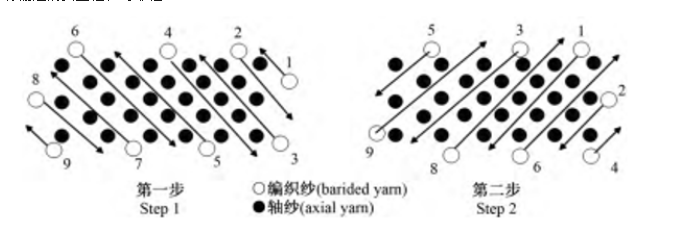
Taporel Composite’s Commitment to 3D Braiding Innovation
On the long journey of 3D braiding technology exploration, Taporel Composite recognizes the critical importance of process refinement in ensuring product quality and production efficiency. With a steadfast and methodical approach, we continue to accumulate valuable experience, introduce cutting-edge technologies and skilled talent, and enhance our technological capabilities.
Moving forward, Taporel Composite will uphold the spirit of innovation, increase investment in research and development, and contribute greater expertise and advancements to the evolution of 3D braiding technology for carbon fiber composites. We firmly believe that shortly, Taporel Composite will achieve even greater milestones in this field, injecting fresh momentum into industry development.
 CN
CN English
English


